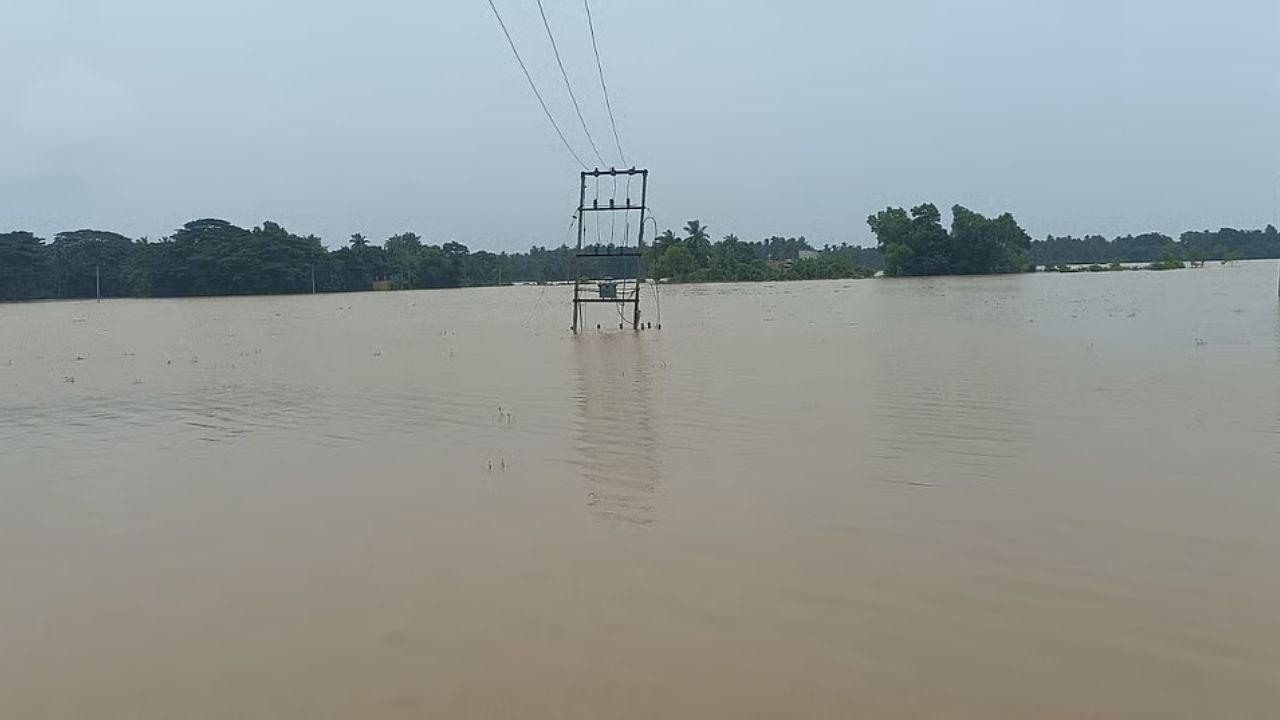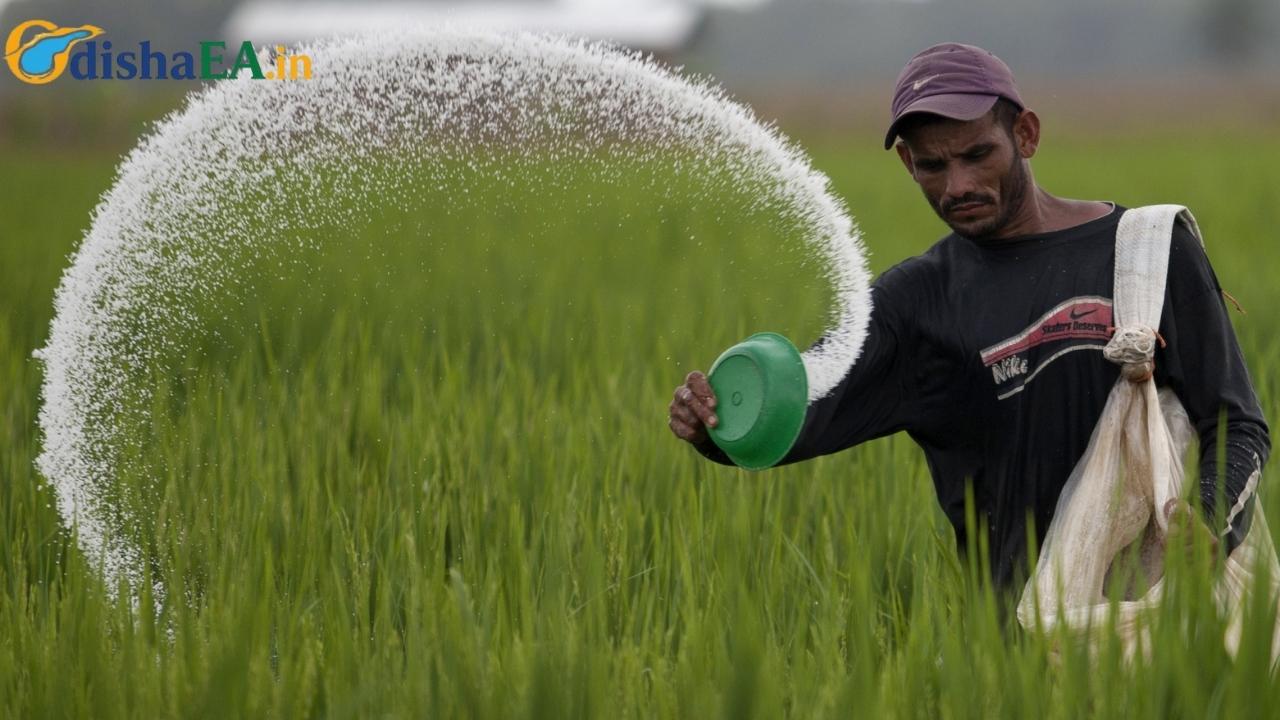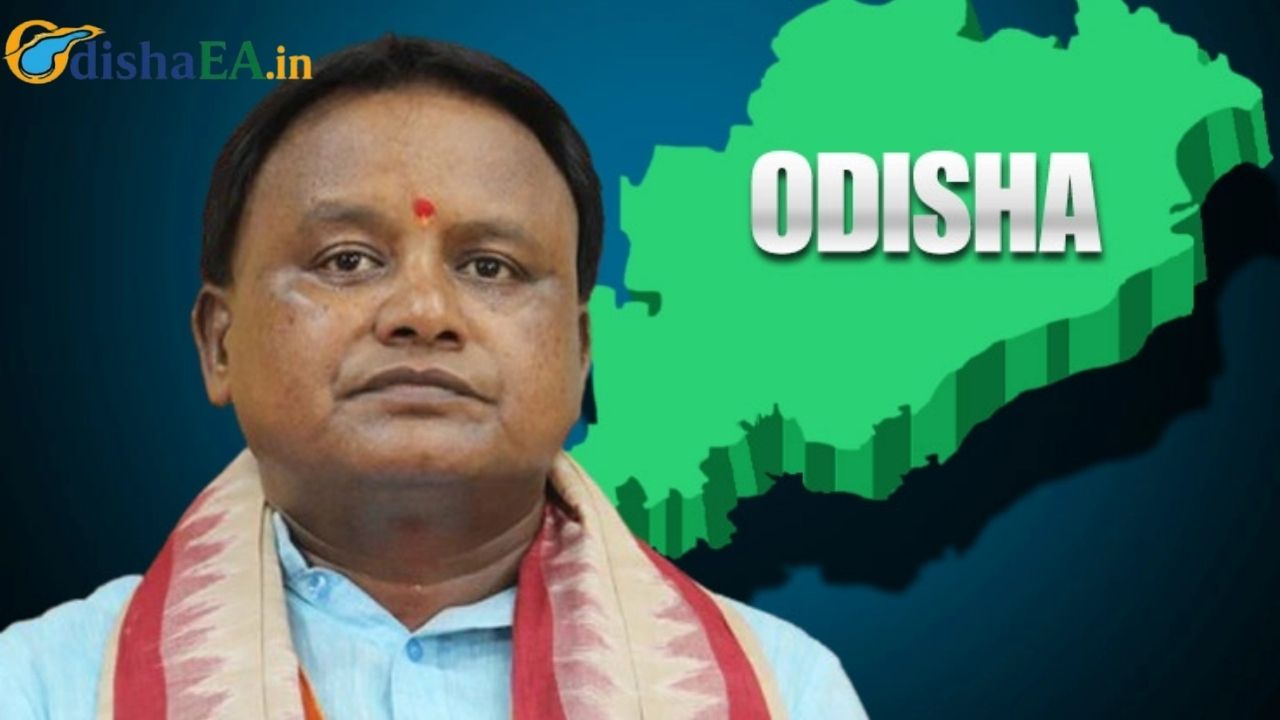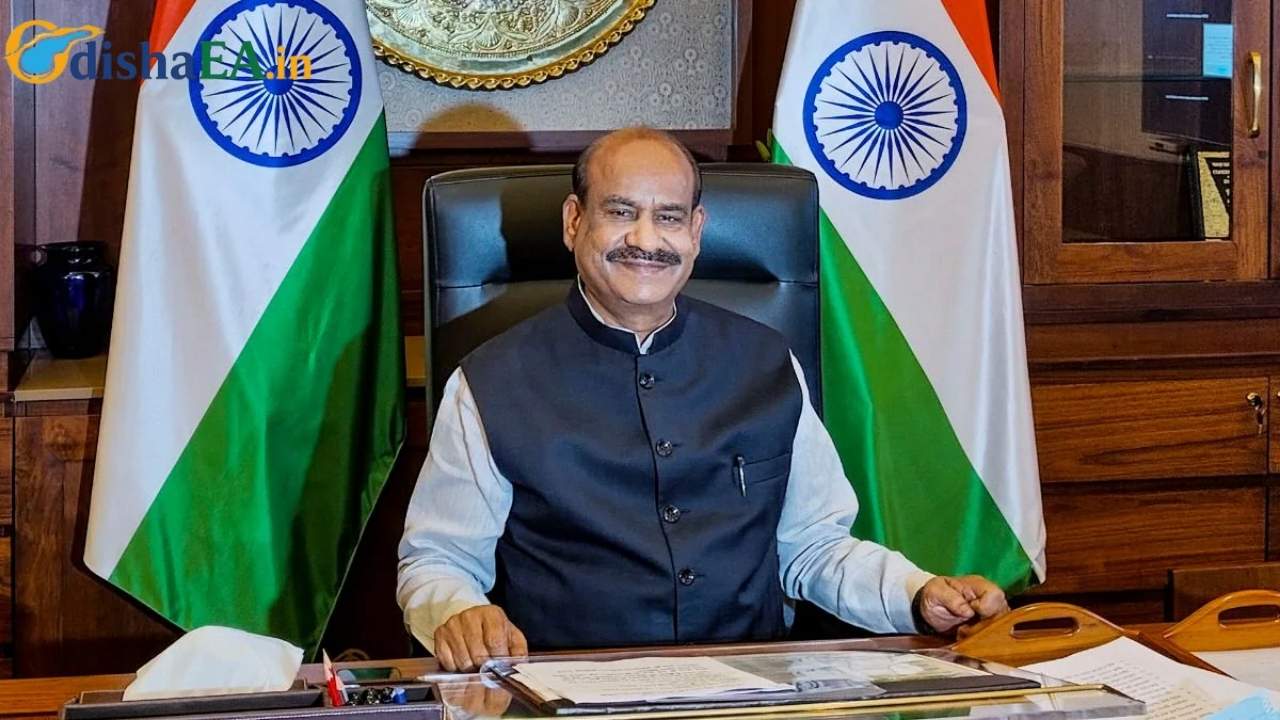When Odisha Chief Minister Mohan Charan Majhi announced that the floods are now under control, it brought a wave of cautious relief to many. But with over 30,000 lives already disrupted, questions loom large over the actual extent of the crisis, the recovery efforts in motion, and what “under control” really means.
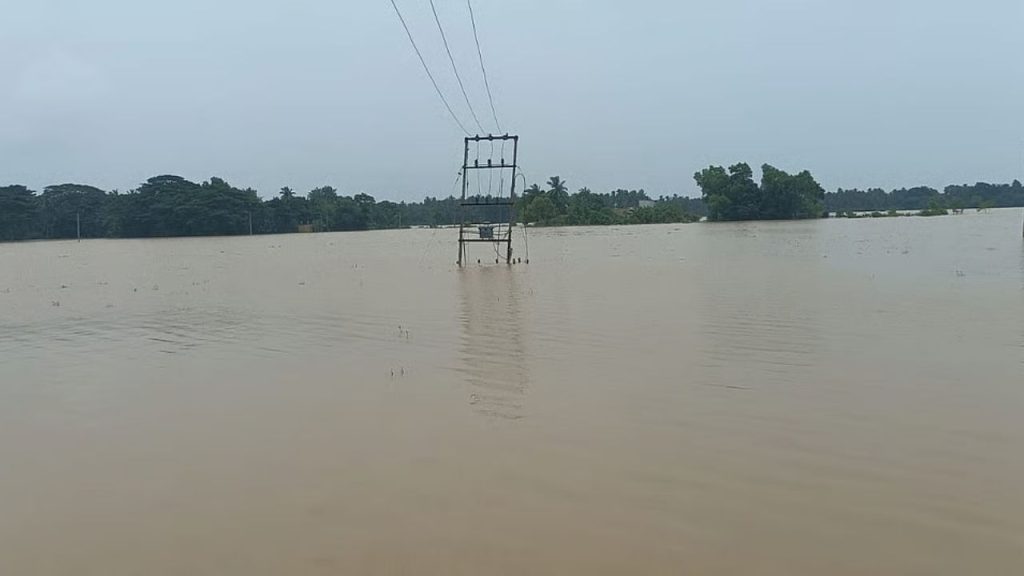
From kids trying to get back to school to farmers worrying about lost crops, the floods have touched every corner of life. And while the skies may have cleared for now, the storm of uncertainty hasn’t quite passed. This article breaks down the key facts, puts things in plain English, and offers some useful pointers for those impacted—whether you’re on the ground in Odisha or following from across the world.
30,000 Lives Disrupted but Floods Now Under Control
| Section | Details |
|---|---|
| Affected Population | Over 30,000 people in 81 villages across northern Odisha (Source: IndiaTV) |
| Districts Hit | Balasore, Mayurbhanj, Bhadrak, Jajpur, Keonjhar, Sundargarh |
| Current Status | Situation improving; floodwaters receding, but some villages still submerged |
| Relief Measures | 11,000+ people in relief shelters; food, water, and medical aid ongoing |
| Official Response | CM Majhi conducted aerial survey and assured 24-hour response post damage assessment |
| More Info | Visit the Odisha Government Official Website |
Odisha’s flood crisis may be “under control” on paper, but for thousands of families, the real recovery is just beginning. CM Majhi’s optimistic statement brings hope, but the road ahead demands accountability, action, and empathy. From food shortages to damaged homes, the challenges are deep and wide. But with the right information, community support, and proactive steps, Odisha can bounce back stronger.
Let’s keep our eyes not just on the water levels, but on the people rebuilding their lives.
Understanding the Floods in Odisha: Context and Concerns
Flooding in Odisha isn’t new. It’s like a bad rerun of a TV show nobody asked for. But this year’s episode hit different. It started with relentless rainfall, which caused rivers like the Subarnarekha and Baitarani to swell past danger levels.
Now picture this—in less than 48 hours, over 80 villages were knee-deep in muddy water. Roads vanished, power went out, and communication lines were toast. In Mayurbhanj, families had to be airlifted out. And yet, CM Majhi’s statement that the “flood is under control” feels like the calm after the chaos.
So what’s really going on?
Aerial Surveys and Ground Reality: Two Sides of the Same Coin
CM Majhi took to the skies on July 29, surveying the wreckage from above. His takeaway? “The water is receding.” And while that might be true from up high, the boots-on-the-ground reality isn’t so black and white.
Real People, Real Impact
Take Ramesh Sahu, a shopkeeper in Jajpur. His shop was flooded, inventory lost. No insurance. No income. Now he’s camping in a government shelter, wondering how long until life goes back to normal.
In Sundargarh, Asha Bibi watched her one-acre rice paddy drown. “This year was supposed to be better,” she said. “Now I have nothing.”
That’s the rub: Recovery isn’t about receding waters. It’s about rebuilding lives.

Relief Efforts: What’s Being Done (and What’s Not)
The state government has mobilized resources, no doubt. Here’s what’s happening:
Government Actions
- 11,000+ displaced people housed in relief shelters
- Free meals, clean water, and medical teams deployed
- Damage assessment teams visiting villages with a promise of help within 24 hours
- Disaster Response Force (ODRAF) and fire services on high alert
But many say it’s not enough. Internet access is patchy, and remote villages are still waiting for help.
Here’s What You Can Do
If you’re in Odisha:
- Register your losses with your district office immediately.
- Use helplines: Call 1070 (state helpline) or 112 (emergency services).
- Document damage with photos/videos—crucial for getting compensation.
- Check updates from OSDMA (Odisha State Disaster Management Authority).
If you’re elsewhere:
- Donate to verified local NGOs
- Share verified news updates to prevent misinformation
Breaking Down the Data: What the Numbers Really Say
Let’s talk facts:
- Over 500mm of rainfall hit northern Odisha in less than a week.
- 81 villages in Mayurbhanj, Keonjhar, and Balasore were affected.
- More than 7,000 hectares of farmland inundated.
- Preliminary losses pegged at INR 150 crore+ and climbing.
(Source: The New Indian Express)
These aren’t just numbers—they’re livelihoods, dreams, and futures.
Why “Under Control” Doesn’t Mean “All Clear”
You see, when leaders say things like “under control,” it’s often PR talk for “we’re managing things, kind of.”
The Risks That Remain
- Stagnant water can cause disease outbreaks
- Damaged roads and power lines slow relief work
- Crops destroyed mean food insecurity down the line
- Trauma and displacement take a mental toll
So while the floodwaters may retreat, the aftershocks will linger.
Step-by-Step Guide to Recovery for Flood Victims
If you or your family has been affected, here’s a simple game plan:
Step 1: Safety First
- Don’t return home until authorities give the green light
- Avoid using electrical appliances until systems are inspected
Step 2: Health and Hygiene
- Boil drinking water
- Use mosquito nets and repellents
- Disinfect household items
Step 3: Rebuilding Support
- Apply for government relief packages
- Connect with local NGOs for immediate aid
- Keep official receipts and ID proofs ready for compensation
Step 4: Mental Wellbeing
- Seek counseling if needed (many local health centers now offer this for free)
- Talk to community leaders or support groups
State Government Launches Ambitious River Linking Initiative to Address Floods and Droughts
Odisha Government on High Alert as Jalaka and Subarnarekha Rivers Exceed Danger Levels
Low Pressure Over Bay of Bengal Strengthens into Depression, Heavy Rainfall Expected in Odisha
FAQs
1. Is it safe to travel to Odisha right now?
If you’re heading to Balasore, Mayurbhanj, or Keonjhar, hold off. Many roads are still under repair. Stick to major cities for now.
2. How can I check if my village is eligible for relief?
Visit the Odisha Government Relief Portal or check with your district collector’s office.
3. What if I lost my documents in the flood?
District offices are issuing temporary IDs and duplicate certificates. Contact your local tehsildar.
4. How long will relief shelters stay open?
As long as needed. But priority is being given to those whose homes are totally uninhabitable.

